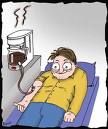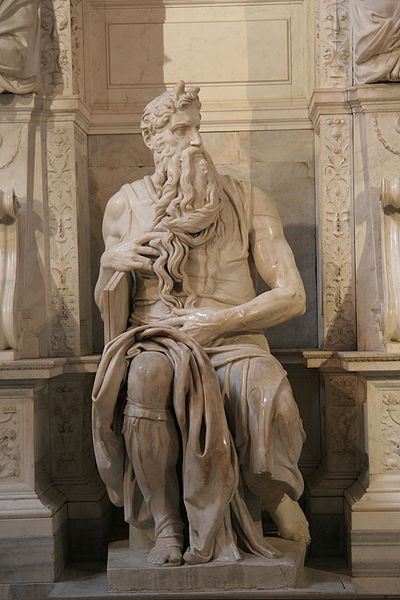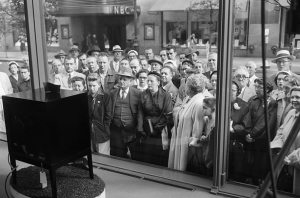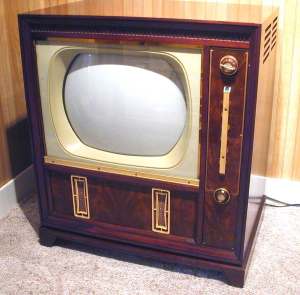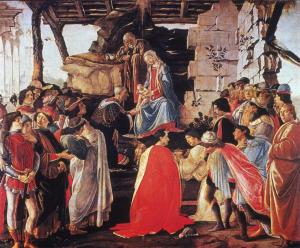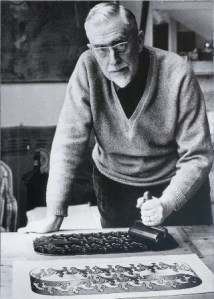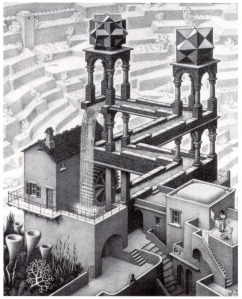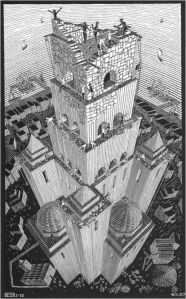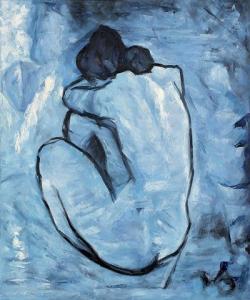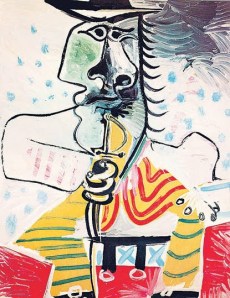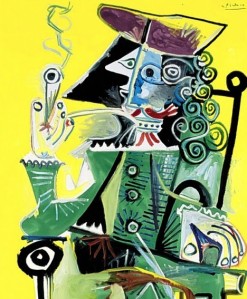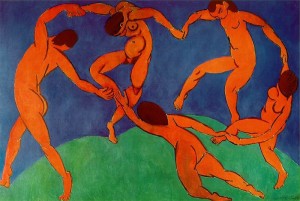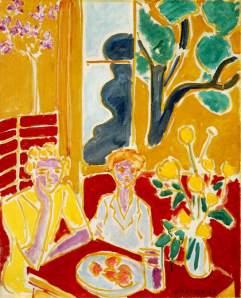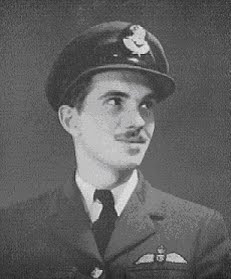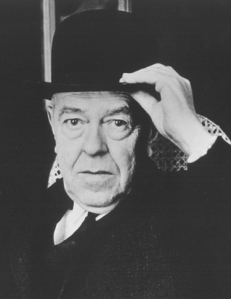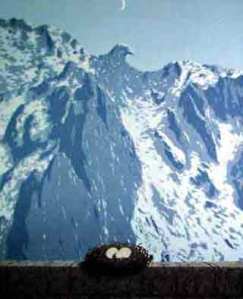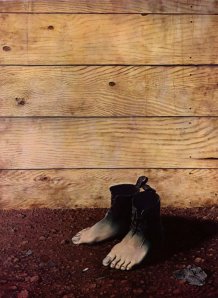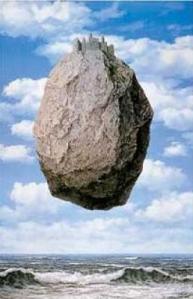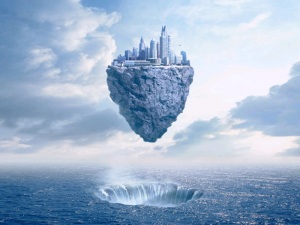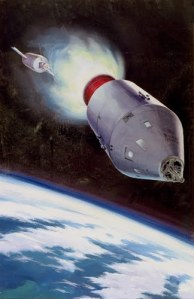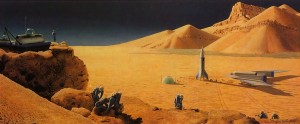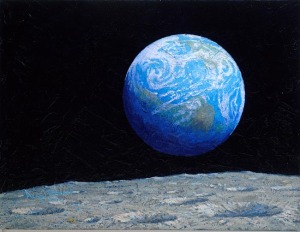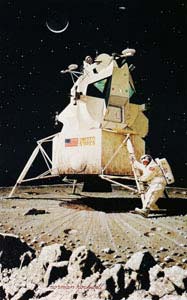RED LAKE FALLS, Minn. - The fact of the matter is I don't know exactly how cold it got at my house today.
The
mercury thermometer on our porch only goes down to -30. The digital
thermometer in our backyard weather station bottoms out at -40. For
roughly two hours on Wednesday this thermometer registered -40.0, even,
as the actual air temperature descended below that level to depths
unknown.
What I do know, however, is that beyond a certain point the only thing you feel outside is pain.
My
family moved to rural Minnesota in 2016 from Baltimore, and our first
winter late that year brought my first exposure to sustained
temperatures below zero. In those days I came to the belief all
temperatures below zero are essentially the same in terms of how they're
experienced. Ten below is bitter cold. Twenty below is also bitter
cold. Therefore, by the transitive property, ten below and twenty below
are the same.
I now know this to be false.
There
are, in fact, endless variations of cold, pain and suffering that a
person may experience on the long, dark slide from 0 to -40 and beyond.
Down to about twenty below things aren't so bad, honestly. You need to
hustle a little bit on your way out to the car, and you've got a few
seconds to futz with your keys at the door before the cold starts to dig
into your skin. You get a kind of thermal grace period between when you
first expose your skin to the air and when the cold starts to bite.
As
long as it's above -20, it's not uncommon to see Minnesotans out and
about without a hat or gloves, or even in shorts. I used to think they
were insane, but having lived here for several winters I now understand
that if you're just making a quick jaunt out to the mailbox or into a
store, it's overkill to go through the hassle of suiting up all the way.
Rule of thumb: if the amount of time you expect to spend outdoors is
less than the amount of time it will take to get your coat, hat, mittens
and scarf on, you can just dash out of the house in whatever you're
wearing.
Below -20, however, this calculus changes.
Beyond this threshold the thermal grace period shrinks rapidly and
disappears altogether. By about -30 the cold doesn't feel like cold
anymore - it's just pure, unadulterated pain, a sharp, burning
sensation. After a few moments the burning gives way to a deep, dull
ache that feels like it's radiating from your bones. I've never been
brave and/or dumb enough to test what comes after the ache but my
assumption is that it's deeply unpleasant and possibly irreversible.
Wind
adds a separate dimension to the experience of the cold up here.
Starting around -20 the wind stops registering as a tactile sensation
and is experienced primarily as a more urgent kind of pain. At -30 it's
like a hot iron on your exposed skin. At -40 it's a burning scream.
At
the moment there's about a 100-degree temperature differential between
the air in our house and the air outside, which causes some weird things
to happen. In the middle of the night, we hear thunderous creaks and
pops emanating from the walls of the house as the building materials
contract and settle. We've got a thick layer of ice growing on the
interiors of our double-paned windows. Sometimes our doors get frozen
shut, and when we open them it lets in a blast of frigid air that sucks
all the moisture out of the house and turns it into a rolling fog.
Most
of the homes around here are very well insulated, so we don't worry too
much about frozen indoor pipes. Last year, however, part of the water
main on our street froze solid. For several months one of our neighbors
had to run a hose to someone else's house to get water. The city
instructed the rest of us on the block to keep a faucet running at all
times (they credited us the difference on our water bills).
After
Wednesday the temperature is forecast to rise again - by Thursday we'll
be back in the single digits below zero, which will be a welcome relief
after several days below negative 20. I may even put my shorts on to
celebrate.
____________________________________________________________________________
I don't know exactly where he lives, but the temps around Red Lake Falls were 50 below zero and colder.
